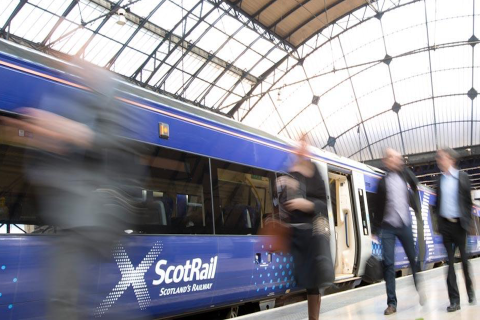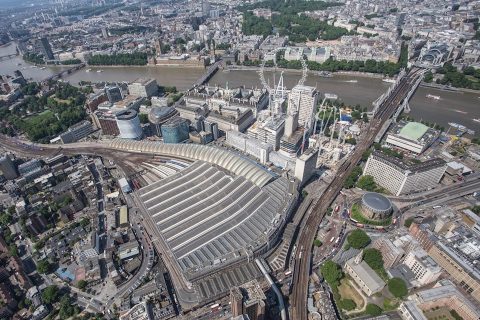Switzerland to Ponteland: Newcastle’s metro fleet starts journey

Destined for the city centres and suburbs of North East England, new Stadler-built metro trains have been spotted in the Swiss Alps. The trains are at the start of their long journey to acceptance and deployment on the banks of the Tyne and Wear rivers, in the decidedly less mountainous surroundings of Newcastle and Sunderland.
Want to read more?
You have read all of your free premium articles for this month. Please become a subscriber to keep reading.
Subscribe now!
Take advantage of our exclusive offer to get full access to all premium content.




